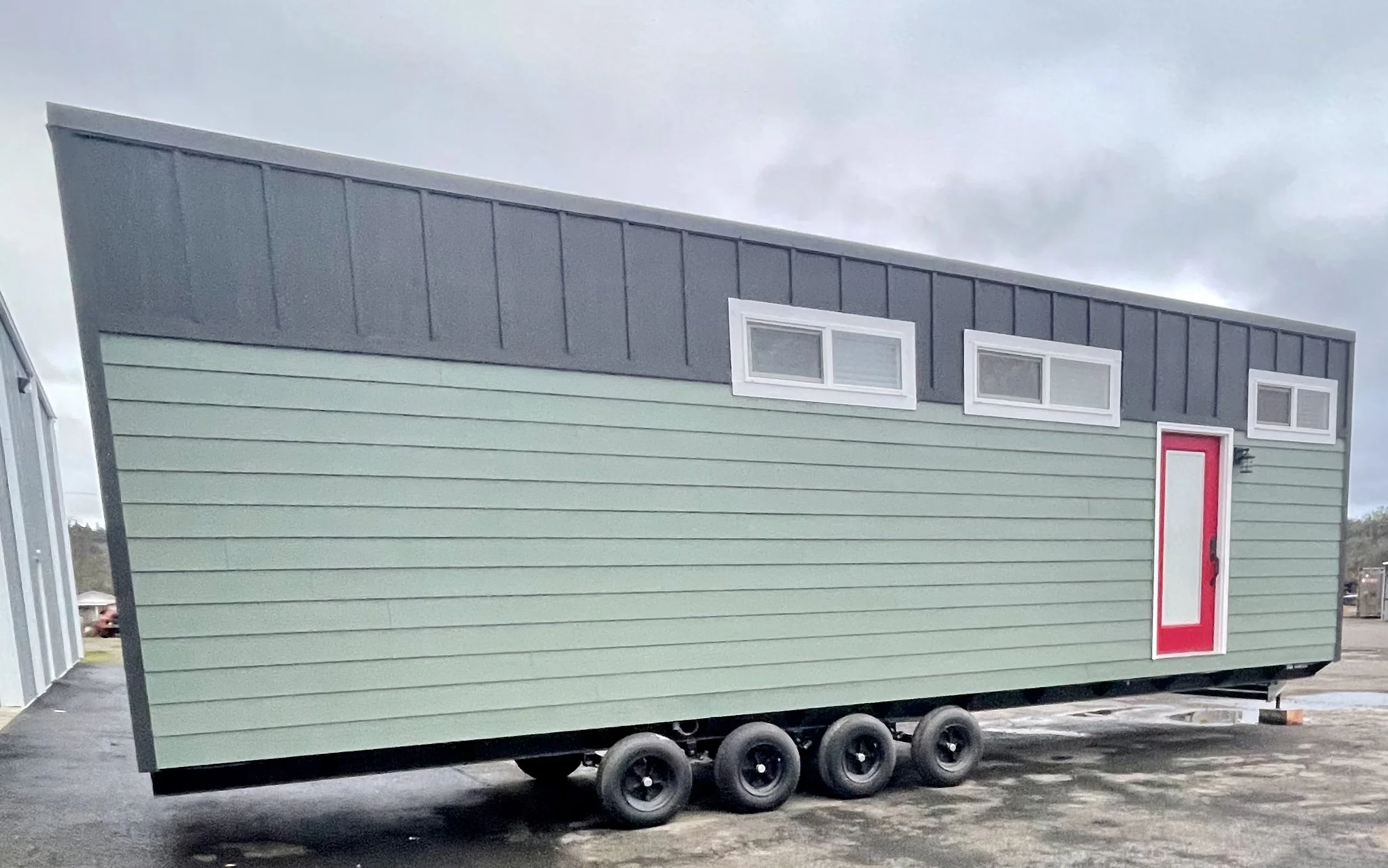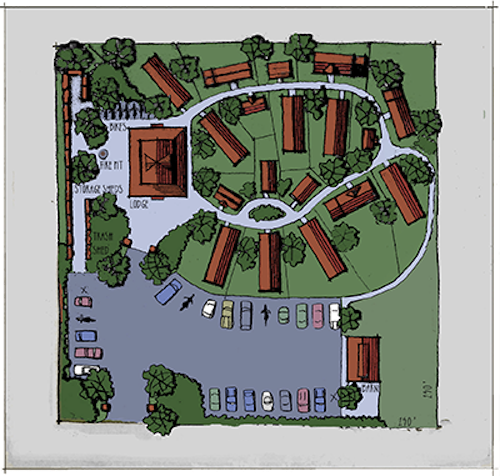Transitioning from military service to civilian life can be a challenging journey for many veterans. The skills acquired during military service—discipline, teamwork, problem-solving, and leadership—are invaluable. However, finding a career path that aligns with these skills while providing stability and growth can be daunting. The construction industry, particularly within the realm of tiny home building, presents a unique and promising opportunity for veterans looking to build a new future.
The Growing Demand in the Construction Industry
The construction industry is one of the fastest-growing sectors in the United States. According to the Bureau of Labor Statistics (BLS), employment in the construction industry is projected to grow by 4% from 2022 to 2032, adding about 250,000 new jobs. This growth is fueled by increasing demand for housing, infrastructure development, and sustainable building practices, creating ample opportunities for skilled workers.
However, the industry is also facing a significant labor shortage. A recent report by the Associated General Contractors of America (AGC) found that 80% of construction firms are struggling to fill hourly craft positions. This shortage highlights the urgent need for skilled workers, making it an ideal time for veterans to step into the industry.
Why Veterans Are Perfectly Aligned for Construction Careers
Veterans possess a unique set of skills that make them particularly well-suited for careers in construction. The traits developed during military service—discipline, reliability, adaptability, and a strong work ethic—are all highly valued in the construction industry. Additionally, many veterans have hands-on experience with equipment, logistics, and team management, which are directly transferable to construction roles.
Moreover, the military’s emphasis on mission accomplishment aligns closely with the construction industry’s project-oriented nature. Veterans are accustomed to working under pressure, adhering to strict timelines, and ensuring that every detail is executed precisely—qualities that are essential in construction projects.
Tiny Homes: A Perfect Platform for Education and Skill Development
Tiny homes represent an innovative and rapidly growing niche within the construction industry. These small footprint homes are not only a solution to the affordable housing crisis but also a perfect platform for veterans to learn and hone their construction skills.
At Operation Tiny Home, we recognize the potential of tiny homes as an educational tool. Through our Building a Better Future for Veterans Program, we offer paid apprenticeships that provide veterans with hands-on training in tiny home construction. This program is designed to equip veterans with the technical skills needed for a successful career in the construction trades, while also offering the support and guidance necessary to navigate the transition to civilian employment.
The apprenticeship covers a range of construction disciplines, including carpentry, electrical work, plumbing, and sustainable building practices. By working on tiny homes, veterans not only gain practical experience but also contribute to a cause that aligns with their values—helping to create affordable housing for those in need.
Job Opportunities and Career Growth
The construction industry offers a wide range of job opportunities, from entry-level positions to specialized roles that require advanced skills. Veterans who complete apprenticeships or training programs, like those offered by Operation Tiny Home, can pursue careers as carpenters, electricians, plumbers, project managers, and even start their own construction businesses.
According to the BLS, the median annual wage for construction and extraction occupations was $53,470 in May 2023, higher than the median annual wage for all occupations. Additionally, the demand for skilled tradespeople means that job security and opportunities for career advancement are strong in the construction industry.
A Call to Action: Build Your Future with Operation Tiny Home
For veterans seeking a rewarding career that leverages their military experience and offers stability, the construction industry is an ideal choice. Tiny home construction, in particular, provides a unique opportunity to learn, grow, and make a meaningful impact on communities.
If you are a veteran interested in exploring a career in the construction trades, we encourage you to contact Operation Tiny Home. Our Building a Better Future for Veterans Program offers paid apprenticeships that provide hands-on training, mentorship, and the chance to be part of a mission-driven organization.
At Operation Tiny Home, we are committed to empowering veterans by providing the tools and opportunities needed to build a successful civilian career. Together, we can construct a brighter future—one tiny home at a time.
Contact us today to learn more about our program and take the first step toward building your future in the construction industry.
Operation Tiny Home is a national 501(c)(3) nonprofit dedicated to providing high-quality, small footprint homes to at-risk and low-income communities. We empower transitioning veterans through specialized training programs, helping them build successful careers in the construction trades.





